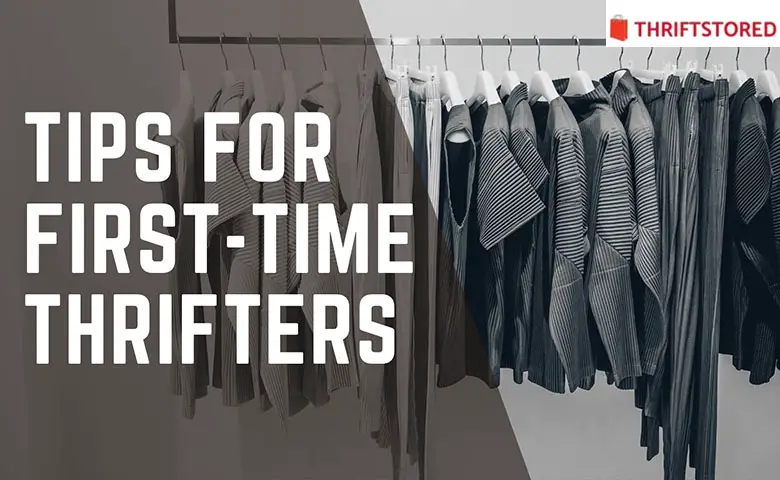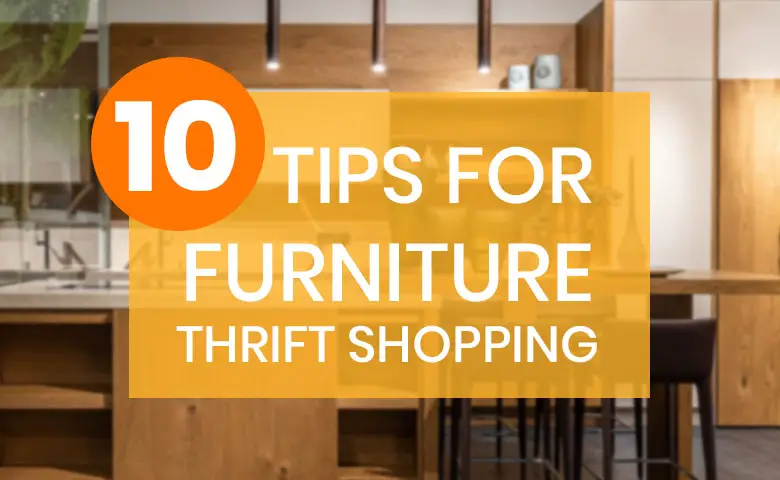Navigating Thrift Store Shopping: Tips for First-Time Thrifters

Thrifting isn't just about saving money, it's also about finding unique pieces and supporting sustainable shopping habits. If you're new to the world of thrift stores, it can seem a bit overwhelming at first. With racks upon racks of pre-loved items, it's easy to ask yourself, "Where do I even begin?" Worry not! Here's a beginner's guide to making your thrift store adventures fun, fruitful, and eco-friendly.
Table of Contents
- Understanding the Thrift Store Appeal
- Set Your Thrifting Goals
- Dress for Success
- Timing is Everything
- Be Patient and Keep an Open Mind
- Inspect Items Thoroughly
- Get to Know the Store Layout
- Don't Rush Your Visit
- Wash Before You Wear
- Learn Basic Repair and Upcycling Skills
- Stay True to Your Style and Needs
- Consider the Environmental Impact
- Building Your Thrift Store Confidence
- Conclusion
Understanding the Thrift Store Appeal
Before diving into the practical tips, let's talk about why thrifting is so appealing. Thrift stores are often stocked with a wide range of items, from vintage clothing and accessories to furniture and home decor. The prices are usually significantly lower than retail, making thrifting a budget-friendly option for shoppers. Additionally, reusing and repurposing second-hand items is great for the environment, as it reduces waste and the demand for new products.
1. Set Your Thrifting Goals
Before you head out, think about what you're looking to find. Do you need a new outfit for a special occasion? Are you searching for home decor? Having a clear idea of your goals will help you focus your search and avoid getting sidetracked by other tempting finds.
2. Dress for Success
Thrift stores may not always have fitting rooms, so wear clothes that make trying on other items easy. Think layers that you can slip things over or under. Also, wear comfortable shoes—you might be walking and standing a lot as you sift through items.
3. Timing is Everything
Find out when your local thrift store restocks its inventory and if they have special sale days. Shopping right after new stock arrives or on discount days increases your chances of scoring the best items for less.
4. Be Patient and Keep an Open Mind
Thrifting requires patience. You're unlikely to find exactly what you're looking for right away, and that's okay! Keep an open mind and be ready to get creative. Sometimes, a piece you initially overlook might have great potential with a little TLC or alteration.
5. Inspect Items Thoroughly
Always check for any damages, stains, or missing buttons. It's important to know what you can fix and what's beyond repair. Investing in a piece that requires more work than it's worth can end up being a thrift store misstep.
6. Get to Know the Store Layout
Most thrift stores have a general layout they follow, with different areas for clothing, electronics, furniture, and so on. Familiarize yourself with the layout to navigate the store more efficiently and head straight to the sections that interest you most.
7. Don't Rush Your Visit
Set aside enough time for your thrift store trip. A quick pop-in might not be enough to uncover those treasures. Give yourself the leisure to explore fully.
8. Wash Before You Wear
This one's crucial: Always wash or clean your thrift store finds before using them. You'll want to freshen up your new items and rid them of any lingering odors or dust from sitting in the store.
9. Learn Basic Repair and Upcycling Skills
Knowing how to sew on a button, patch a hole, or even give a new paint job to a piece of furniture will greatly expand the range of items you can confidently purchase at a thrift store. There are plenty of online tutorials that can teach you these skills.
10. Stay True to Your Style and Needs
It's easy to get carried away with the low prices and end up with things you don't need. Always ask yourself if an item truly fits your style, life, and home. If not, it's probably better left on the shelf for someone else to discover.
11. Consider the Environmental Impact
Remember that thrifting is an eco-friendly shopping option. By choosing to buy used items, you're helping to reduce your carbon footprint. Feel good about your choices and the positive impact you're making on the environment.
Building Your Thrift Store Confidence
As you spend more time in thrift stores, you'll become more adept at finding the best deals and coolest items. Each visit can be a new adventure. Plus, the more you thrift, the more you'll realize the positive effect your choices have on your wallet and the planet.
Conclusion
Thrifting can be a delightful experience filled with discovery and excitement. With these tips, you're well on your way to becoming a savvy thrift store shopper. So, ready your bags, set your goals, and dive into the world of thrifting – your next great find is waiting for you!


